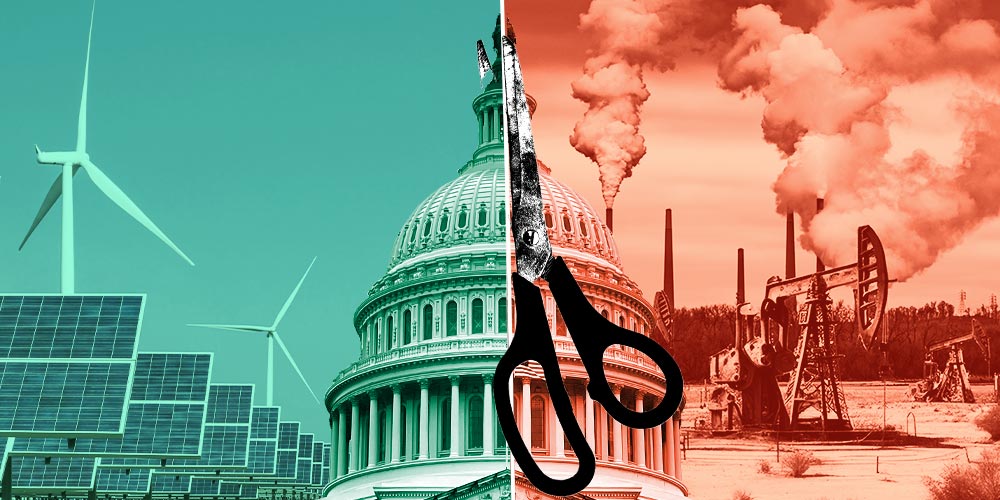
Live Updates: LCV Tracks House Mark Up of Budget Reconciliation
May 5, 2025
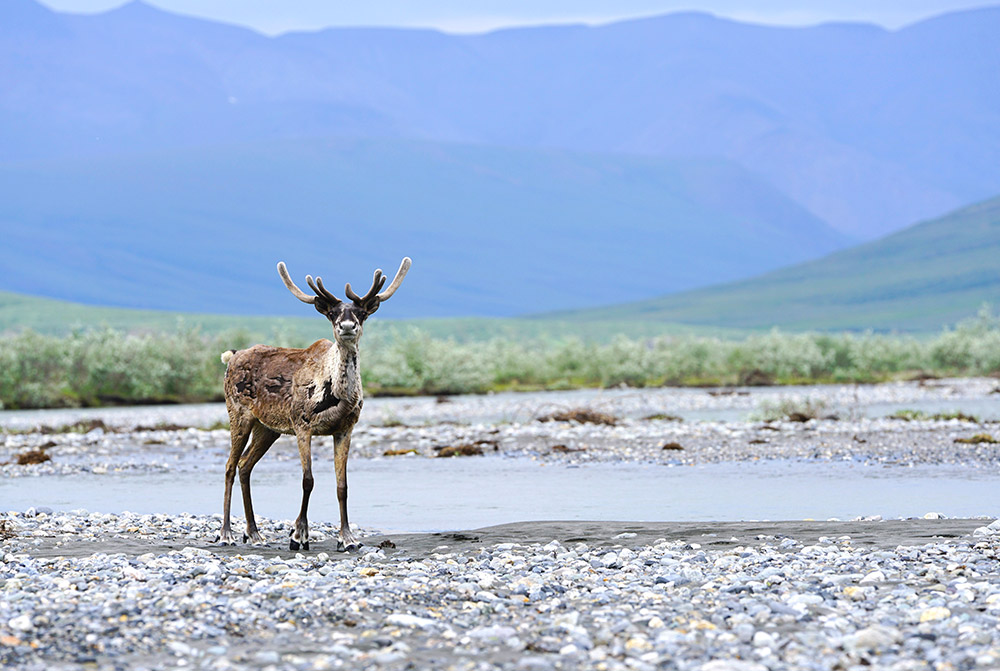 Credit:
Danielle Brigida
Credit:
Danielle Brigida
Every Monday, we round up five of the best good climate news stories we’re celebrating. This week we cover new rules to cut air and water pollution, an offshore wind transmission plan, protections for the Arctic National Wildlife Refuge, and emissions reductions in the EU.
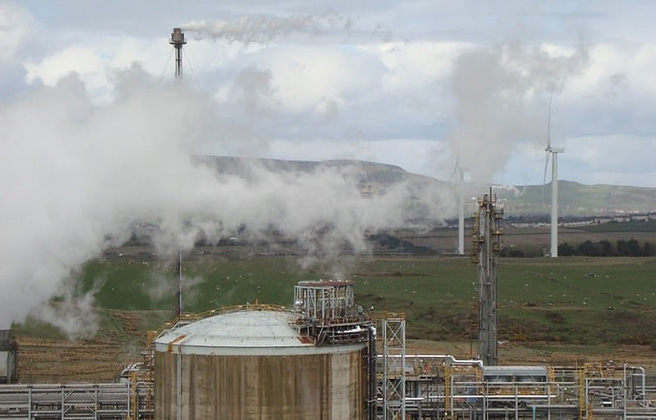
The EPA has released a rule to dramatically reduce toxic air pollution from chemical facilities, including ethylene oxide and chloroprene, which elevate risks for cancer and other health issues for nearby communities.
The new rule will reduce air toxics and emissions by 6,000 tons annually, cut 23,700 tons of pollutants that contribute to smog from the atmosphere each year, and require fenceline monitoring for facilities that use, produce, store, or emit major air toxics. These measures will provide critical health protections to hundreds of thousands of people, the majority of whom are Black, Latine, and/or low-income, living near chemical facilities.
Source: EPA
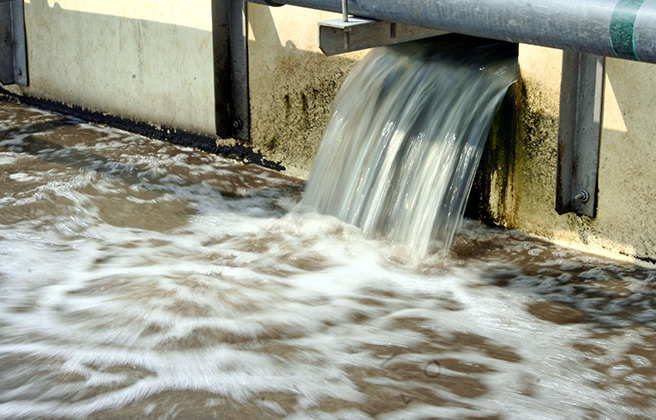
The EPA has finalized the country’s first-ever national drinking water standards to protect communities from exposure to PFAS, or “forever chemicals.” The new rule makes available nearly $1 billion from the Biden administration’s Bipartisan Infrastructure Law for states and territories to implement PFAS testing and address contamination.
PFAS contamination disproportionately impacts communities of color and communities with low-wealth, and has been linked to increased risk of cancer, heart and liver damage, and immune and developmental issues in young children. This new rule will prevent thousands of deaths and illnesses by reducing PFAS exposure for an estimated 100 million people nationwide.
Source: EPA
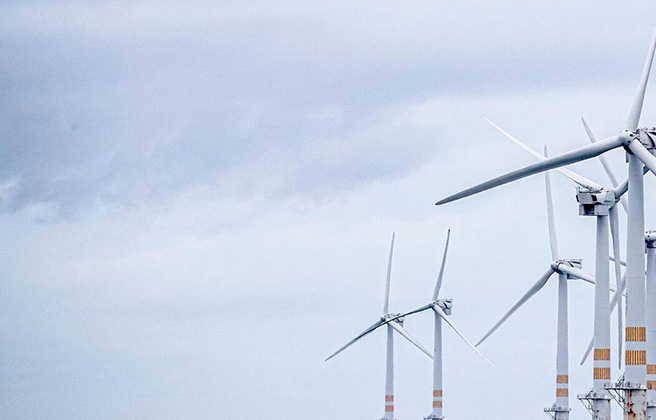
The main operator of California’s power grid, California’s Independent System Operator (ISO), released a $4.6 billion draft plan for offshore wind transmission projects that would carry power from northern California to cities in the southern part of the state. The plan would meet the rapid escalation of renewable energy needed to build a state carbon-neutral power grid by 2045.
The project will go through a review period for several weeks until a final decision is made in May. Upon completion the California ISO estimates that it would cost consumers 0.5 cents per kilowatt hour over the project’s lifetime.
Source: Politico
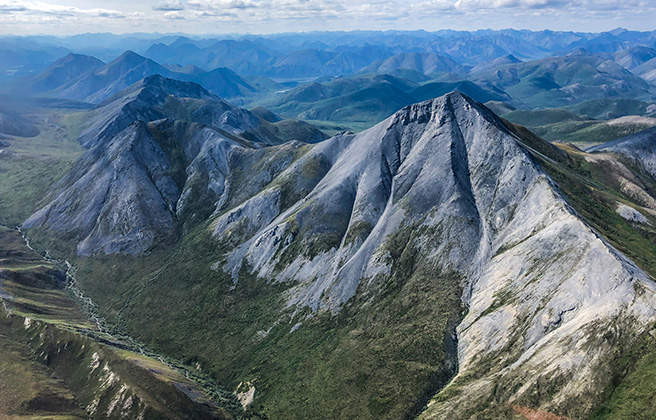
A panel at the Department of the Interior has denied the Alaska state government’s claim to 20,000 acres considered to be a part of the Arctic National Wildlife Refuge (ANWR), meaning the (potentially lucrative) land will remain protected from future oil and gas development. ANWR is the United State’s largest national wildlife refuge and this decision will help protect the region’s wildlife, particularly the caribou population which the native Gwich’in people depend upon for survival.
The decision on a longstanding mapping dispute upholds ANWR’s northwestern boundary as shown in a Bureau of Land Management line drawing from 1951.
Source: Politico, Energywire
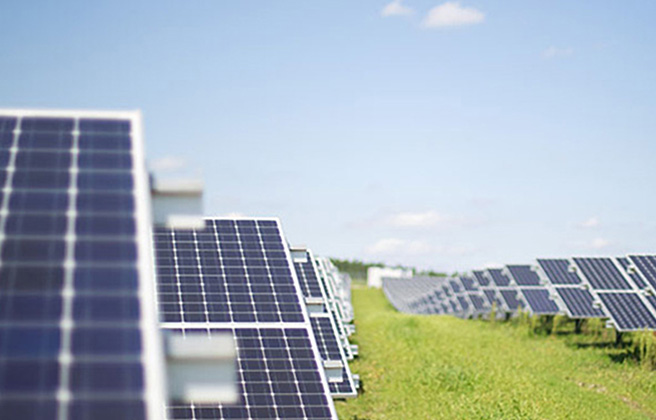
In 2023, the EU’s power sector saw a record reduction in carbon emissions with emissions dropping 24% compared to 2022 numbers. This is the biggest annual emissions reduction the EU’s Emission Trading System (ETS) has seen since the program was established in 2005.
The reduction in emissions is a direct result of increased renewable energy output, particularly solar and wind energy, which has skyrocketed in recent years. The bloc is now seeing emissions levels that are nearly 50% below 2005 levels, and the European Commission is confident that it will achieve its 2030 goal of reducing emissions by 62% of 2005 levels.
Source: European Commission
Check out the Power Source Blog and follow us on Instagram or Twitter for more Good Climate News every Monday.